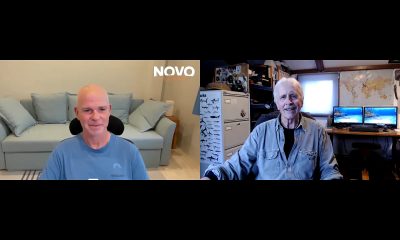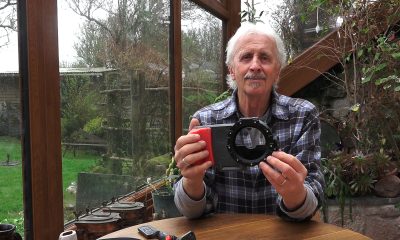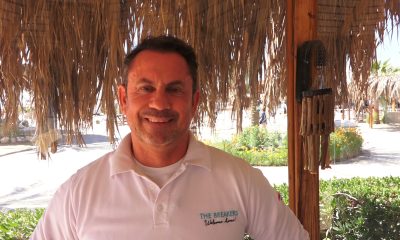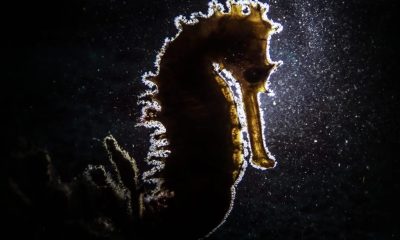News
Scubaverse Underwater Photographer Interview: Thomas Ozanne
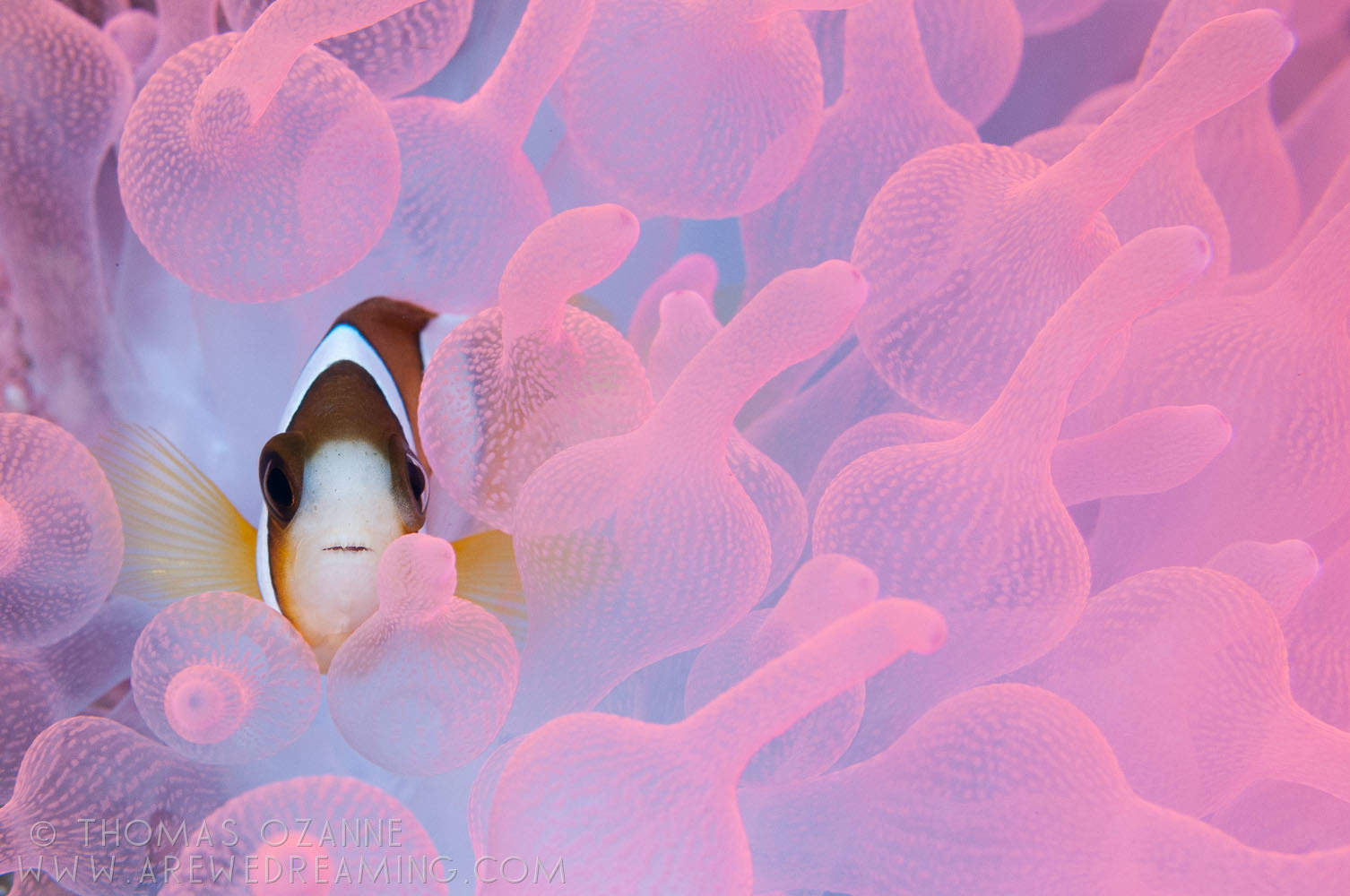
In an ongoing series, Scubaverse.com’s Underwater Photography Editors Nick and Caroline Robertson-Brown talk to underwater photographers from around the world that they admire.
This week’s interview is with Thomas Ozanne.
Nick and Caroline speak to Thomas Ozanne after meeting him at the DEMA show in Las Vegas in 2016.
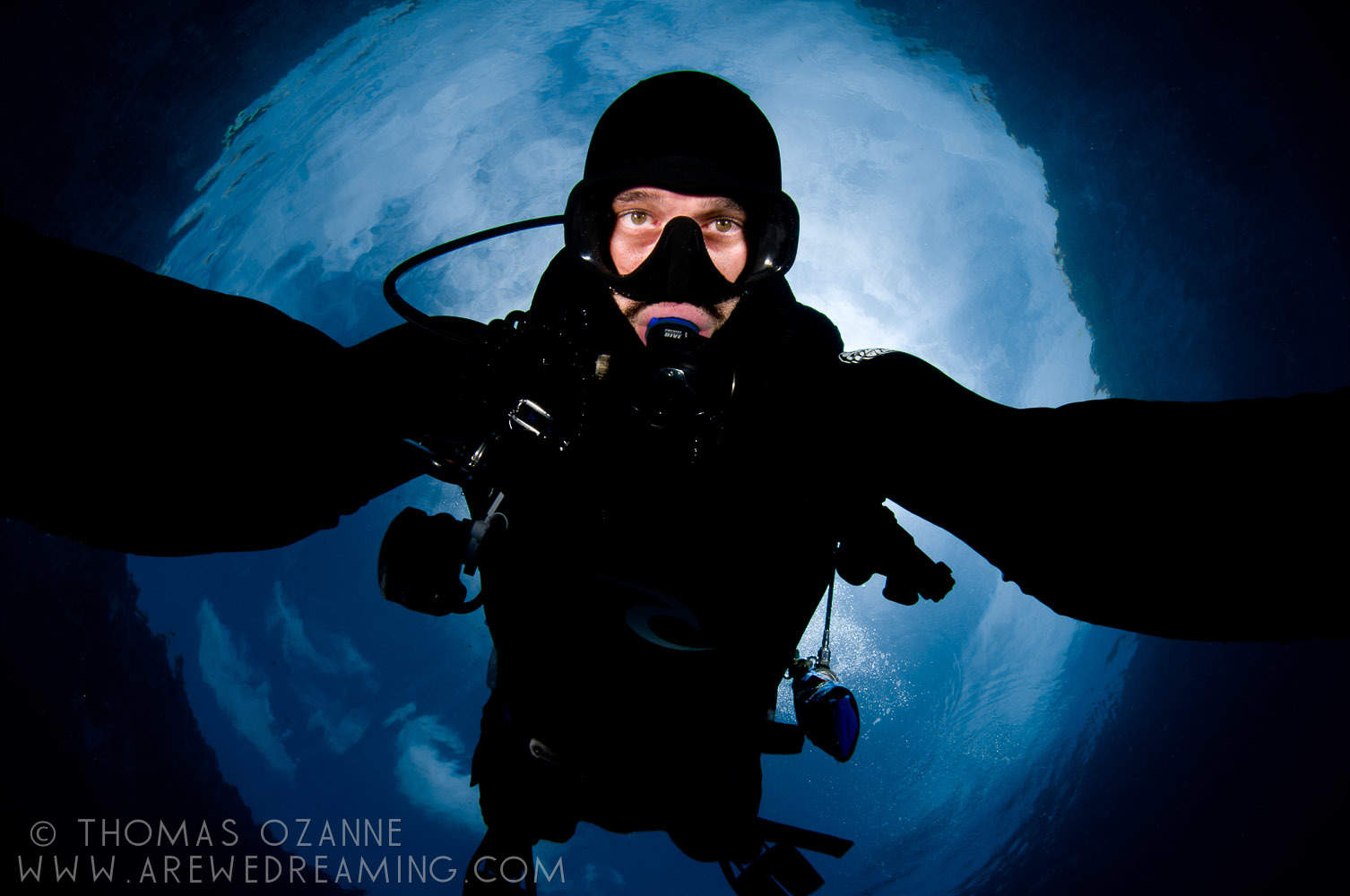
N/C: How did your underwater photography start?
TO: I went on holiday and needed to do something to fill the time so I thought I’d try diving. Fell in love with it immediately. Ended up sticking around much longer than I intended and did my Divemaster course. Almost immediately I landed a job working for the resort I trained with and fairly quickly realised I wasn’t cut out for working the resort reception or taking scuba reviews in the pool. I needed something that could keep me in the water on my own terms and the people I saw around me that had that were making videos, so I took up videography. From there I managed to blag my way in to a job on board a Liveaboard with absolutely no idea what I was doing. After a successful season of shooting videos I realised that it was far too much work (6am till midnight 4 days out of 5 for 6 months) so in the off season I decided to concentrate on shooting stills with my compact camera. I ended up buying an Inon fisheye and close up lenses and a strobe and quickly started getting results I was pleased with. Before too long I realised I hit the limits of the gear I had so decided to sell my video rig and bite the bullet and buy a DSLR set up. After that I took myself off to Sipadan and Palau and shot like crazy. Again with no clue, making it up as I went along. I then made it back to my old Liveaboard and managed to convince the owner to let me shoot photos instead of videos. And based on that I built up a ton of experience diving and shooting. And I think that’s what allowed me to develop my skills and do the kind of work I love to do.
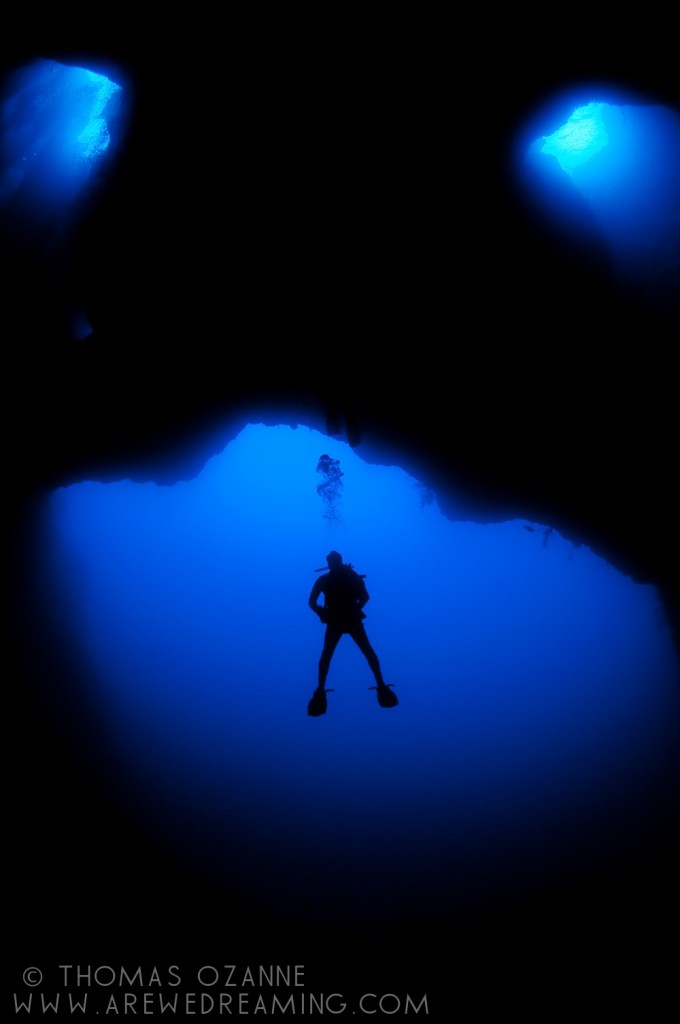 N/C: What is your favourite u/w camera equipment (past & present) & Why?
N/C: What is your favourite u/w camera equipment (past & present) & Why?
TO: Probably top of the list is my Inon 45 degree viewfinder. I had to dive without it once and I was the worst dive of my life. If you buy a DSLR you need to get yourself a magnifying viewfinder of some sort. Craning your neck and squinting through a tiny viewfinder is not going to get you very far.
Secondly I‘d have to say my Tokina 10-17mm fisheye lens. It’s perfect for the way I like to shoot, up close and personal. Super fast to focus and has never missed a beat after being poorly treated for years.
And last but not least would have to be my Subal housings, past and present. They are built like a tanks and just work. No messing around. Thousands of dives and no problems. (Apart from that one time where I wasn’t paying attention during set up and had a slight leak, but that’s totally on me.)
N/C: What would be your advice to anyone new to underwater photography?
TO: Be the best diver you can be. Don’t rush in prioritising the photography if you haven’t nailed your diving, particularly your buoyancy. You’ll stress yourself out, you’ll put yourself and the environment at risk and you will struggle to fully embrace the photography if the diving isn’t second nature to you. That’s it.
Actually there’s more to it than that. Build up lots of diving experience first and then apply the photography. Unfortunately this isn’t always easy, as doing this requires a lot of diving experience that you might not be able to build up if you only dive a handful of times a year. Understandably people want to get on with shooting and maximise every minute of their time under water but I think time spent becoming a good diver will benefit you more in the long run. And without exaggerating too much it could even be the difference between life and death. Diving isn’t an activity to be taken lightly and sadly I see far too many photographers diving like they are invincible. That’s going to bite you in the arse one day.
N/C: What, or who, has been your single biggest inspiration for your underwater photography?
TO: Alex Mustard’s work is a continuing inspiration. He is in a league of his own. Technically and artistically there aren’t many who come close, at least not with his consistency. And Martin Edge’s book was my bible when I started out – I think he owes me some commission for the number of copies I have convinced people they should buy over the years!
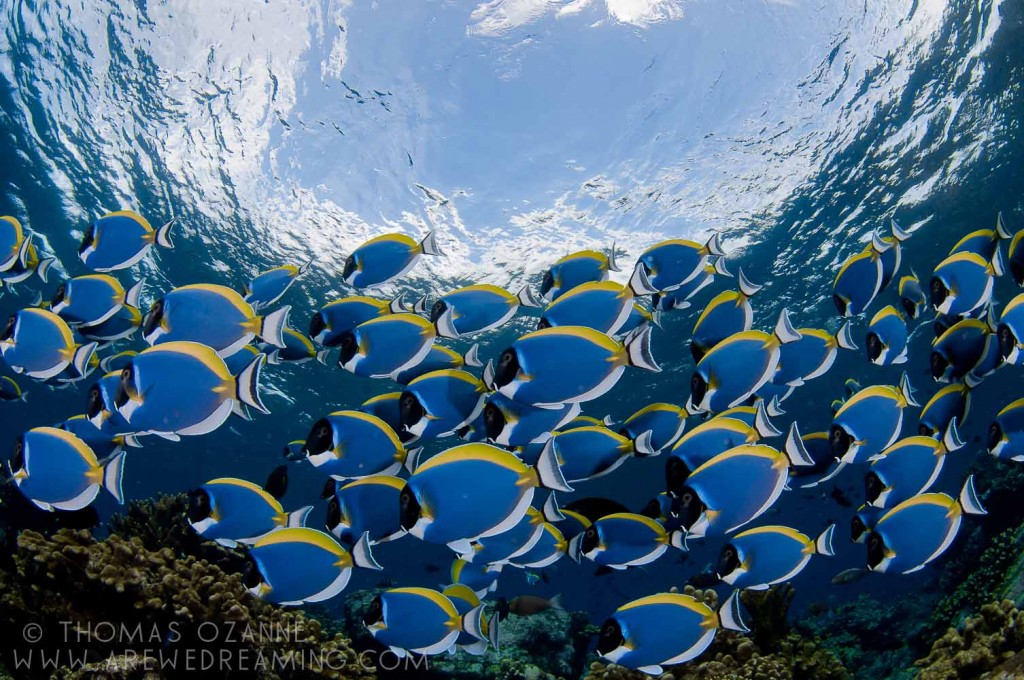
N/C: What are your boundaries on post-editing image manipulation?
TO: I have come to realise that less is more. I never add, and only remove and then only within reason. I don’t use Photoshop, but I think there is a place for it to really polish an image with more control than Lightroom offers. I’m not averse to tweaking the colour of the water column and using dodge and burn techniques with gradients and brushes. And I will not shy away from the spot heal tool to clean up the water column and any of that pesky backscatter, but you are better off learning how to control your lighting than you are spending time clicking away at thousands of sots.
One thing I would say is images need to look natural and balanced. When you are new to post production it’s easy to be a bit heavy handed with your adjustments. I know I was guilty of that when I started. As I have progressed I find myself doing less and less to my images, and I feel this is really the ultimate aim for my photography, to get the shot as best I can in camera and then use the post production to add a final polish to an image. If you spend more time editing images than shooting I think that’s a little back to front. But saying that, skilled use of software to finalise an image is an integral aspect of photography that needs to be embraced. Just be critical of every element of your final image.
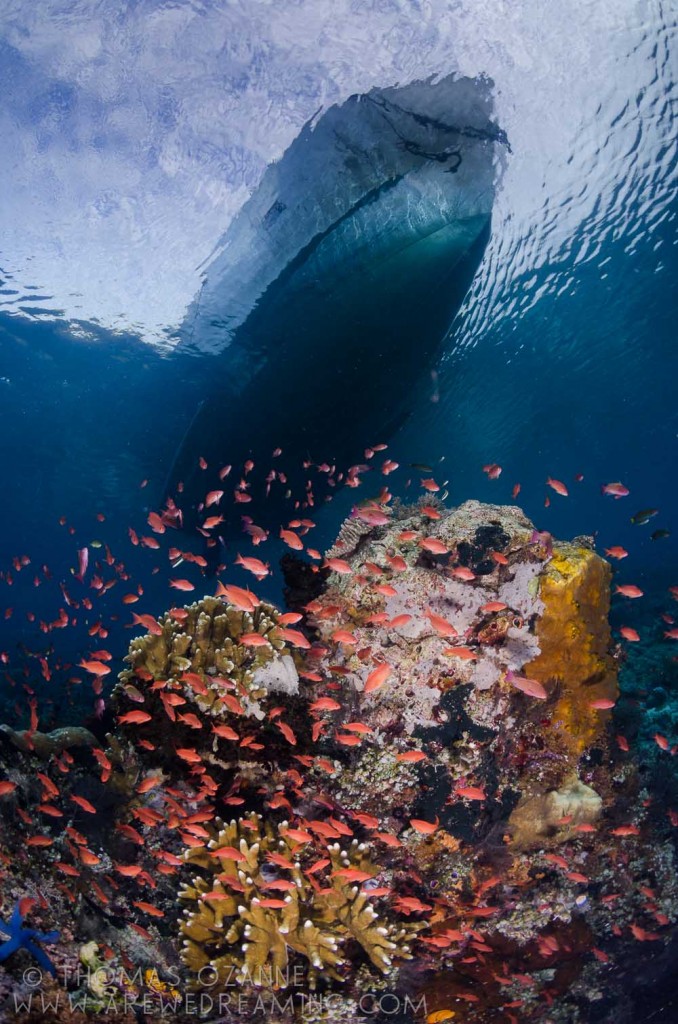 N/C: Where is your favourite dive location, and is it for the photography?
N/C: Where is your favourite dive location, and is it for the photography?
TO: The best diving I have done was in Papua New Guinea. Hands down. Way out in the Coral Sea is an atoll called Easter Fields. It had everything: incredible visibility, amazing pristine corals, huge numbers of schooling fish, and more sharks than I have seen anywhere else (sadly that’s an indictment of the impact humanity has had on sharks more than anything else, in all my diving in Asia I have seen hardly any sharks). And a close joint second comes Palau, Raja Ampat, and Komodo. All incredible places.
N/C: What are you views on marine life manipulation, moving subjects?
TO: Honestly I can’t say that I haven’t encouraged a few creatures to move slightly using a finger or a poker in the past, never actually touching, just corralling gently, but even that is something I have come to feel is unacceptable. I don’t think manipulation has a place in wildlife photography. We are representing nature, and nature doesn’t exist for our convenience. I regularly see shots that most reasonable people could tell are not natural and couldn’t have been achieved without interference. We know the shot must have been gotten with dubious methods, and so does the person that took it, and they have to live with themselves. But then that’s one of the problems isn’t it? Those kind of people just don’t care. They’ll lap up the praise regardless and continue to exploit nature for their own ego.
Over time I have come to realise that my photography is opportunistic. I shoot things that happen in front of me. I don’t want a shot in my portfolio that would never have happened without deliberately interfering with a creature.
That people proudly display such images and even win awards for them occasionally is a shame, and I’m glad that often judges of competitions are hard on an image when this kind of behaviour is suspected. But saying that, some still slip through the net.
N/C: What do you look for when you are making your images?
TO: A nice composition. More than anything else a well composed and structured image is what I look to get. Having complete control of your buoyancy allows you to position yourself in the water column and a decent viewfinder on your housing will allow you to consider every square mm of the frame. One thing that stuck with me from an old teacher of mine was the idea that if something isn’t adding to an image it is taking away. He was referring to design in general but I find is a great thing to keep in mind when shooting images. Everything in your image should be there for a reason. Consider the foreground and the background. Of course there is the subject to consider but don’t forget the horizon, the sun’s position, Snell’s window, the blue gradient of the water, the clouds in the sky, the silhouette of the reef…. all of these elements are yours to control with your positioning in the water. At least for wide-angle they are. For macro it’s all about the subject and a clean or interesting background as something to aim for.
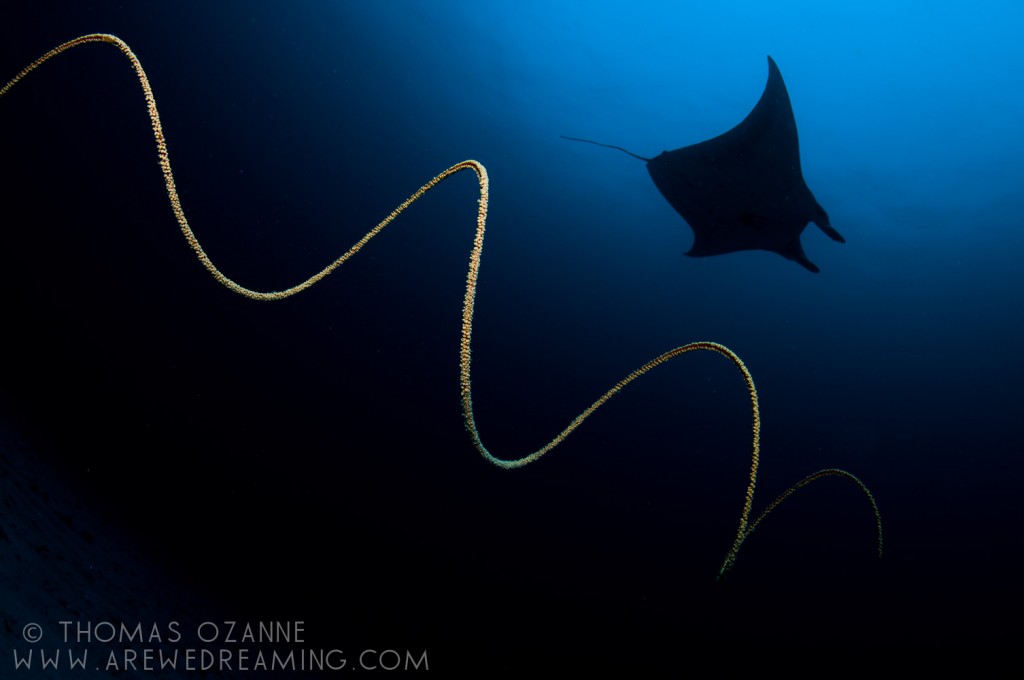
N/C: What motivates you to take u/w photos?
TO: New experiences, and continuously striving to improve my photography. I really enjoy getting wows out of people. And the shots that seem to have that effect are shots that were taken when I myself was thinking “wow, this is so cool”. I love the adventure of diving and the beauty of nature and the skill of good diving and photography and I love that there is always something new to see, something new to learn, and more amazing images to be captured with improved technique.
N/C: If you could photograph any one thing/place what or where would that be?
TO: High on my list is more big stuff, and I guess the ultimate would be whales. A trip to Tonga to meet the humpbacks is calling to me. That and working more with models. I have had some great experiences shooting free divers and intend to do more. I love the sport of free diving and there are some very cool images to be made with the right collaborations.
I just re-read the question and see that you said “any one thing”, so I guess I’ll have to choose. It’s going to have to be whales, isn’t it?
See more of Thomas’ work at www.arewedreaming.com. Find him on Instagram at @arewedreaming
Gear News
Introducing the TR-80, IR-50 and CS-30 Regulators from DYNAMICNORD

Whether you are a beginner or a professional diver – with the three new main regulators from DYNAMICNORD, everyone will find their favourite regulator. They all look super stylish.
Excellent performance with the TR-80
Quality and performance are the be-all and end-all for regulators. It is not for nothing that the TR stands for Tec Reg. The innovative design of the TR-80 guarantees absolute reliability – even in ice-cold waters.

Perfect breathing effort at 0.8 J/l / certified for diving in waters below 10 degrees / structural design made of solid brass for best cold protection / membrane-compensated design with dry seal of the first stage / reduced exhalation effort thanks to optimized exhalation membrane and bubble deflector / adjustable Venturi (dive/predive) and adjustment knob for individual inhalation comfort / innovative design of the front cover prevents free-flow in strong currents or when diving with scooters / design made of sandblasted brass, matt chrome finish / 2 HP and 4 LP outlets / mouthpiece made of high-quality, anti-allergic silicone for maximum comfort.


Amazing underwater adventures with the IR-50
The IR-50 is the top regulator for advanced and experienced divers. Natural breathing is the essence of this regulator.

Ideal breathing effort at 0.8 J/l /certified for diving in waters below 10 degrees / compensated membrane / adjustable venturi (dive/predive) and adjustment knob for individual inhalation comfort/ outlet valve and deflector for minimum exhalation effort and reduction of bubbles on the face / design made of sandblasted brass, matt chrome finish / 2 HP and 4 NP outlets / mouthpiece made of high-quality, anti-allergic silicone for maximum comfort.


The Workhorse – our CS-30
For diving centres and diving beginners – the workhorse stands for strong construction, reliability and robustness. Perfect for your training.

Optimal breathing effort at 0.8 J/l /recommended for diving in waters above 10 degrees / non-compensated piston / adjustable venturi (dive/predive) / outlet valve and deflector for minimum exhalation effort and reduction of bubbles on the face / design made of sandblasted brass, matt chrome finish / 1 HP and 3 NP outlets / mouthpiece made of high-quality, anti-allergic silicone for maximum comfort.


Octopus OP-30
The OP-30 is the ideal addition to all DYNAMICNORD regulators. It is identical in construction to the CS-30.

The TR-80, IR-50, CS-30 (DIN & INT) regulators and the Octopus OP-30 are available from DYNAMICNORD dealers and in the online store.
DYNAMICNORD – Your Outdoor Companion.
Marine Life & Conservation
Paul Watson Released as Denmark Blocks Japan’s Extradition Bid

Renowned anti-whaling activist Paul Watson has been released from custody in Greenland after spending five months in detention. Denmark’s Justice Ministry rejected Japan’s request for his extradition, citing insufficient guarantees that his time already served in custody would be credited against any potential sentence.
The 74-year-old Canadian-American was arrested on July 21 in Nuuk, Greenland’s capital, when his ship docked to refuel. His arrest was based on a 2012 Japanese warrant related to a 2010 encounter in Antarctic waters. Japan alleged Watson obstructed operations and caused damage to a whaling research ship during efforts to disrupt illegal whaling. Watson has consistently denied these claims, maintaining his commitment to marine conservation.
Denmark, which oversees extradition matters for Greenland, concluded that while the legal conditions for extradition were met, the lack of assurances from Japan regarding time-served credit made extradition untenable.
In a video shared by his foundation, Watson expressed gratitude and relief, saying, “After five months, it’s good to be out… and good to know they’re not sending me to Japan.” He added that the most difficult part of his time in custody was being separated from his two young sons.
Watson is a pioneering figure in marine conservation, known for founding the Captain Paul Watson Foundation in 2022 after decades of activism with the Sea Shepherd Conservation Society. His bold efforts to defend marine life have earned him widespread support, including from celebrities and conservationists. His work has also been featured in the acclaimed reality TV series Whale Wars.
Watson’s lawyer, Jonas Christoffersen, praised the decision, stating, “We are happy and relieved that Paul Watson is now free.” He added that Watson is eager to reunite with his family and continue his vital work.
The arrest occurred while Watson’s vessel, the M/Y John Paul DeJoria, was en route to the North Pacific with a team of 26 volunteers to intercept a Japanese whaling ship. His foundation described the arrest as politically motivated and emphasized that Watson’s actions were focused on ending illegal whaling practices.
Japan resumed commercial whaling in 2019 after leaving the International Whaling Commission, asserting that whale meat is a cultural tradition. Conservationists, however, continue to challenge these practices, highlighting their impact on marine ecosystems.
Despite the challenges, Watson remains steadfast in his mission to protect marine life and bring attention to whaling practices. His dedication to ocean conservation has made him a globally respected advocate for the environment.
-

 News2 months ago
News2 months agoIconic SS United States to become the World’s Largest Artificial Reef
-

 News3 months ago
News3 months agoBook Review – 52 Assignments: Underwater Photography
-

 Gear News3 months ago
Gear News3 months agoDYNAMICNORD – New German diving brand enters the British market
-

 News3 months ago
News3 months agoExploring Cenote El Pit: A Diver’s Dream
-

 Gear News3 months ago
Gear News3 months agoTry BARE drysuits (and maybe even win one!) this Friday with Sea & Sea at North West Dive Fest
-

 Marine Life & Conservation3 months ago
Marine Life & Conservation3 months agoBook Review: Coral Triangle Cameos
-

 Blogs2 months ago
Blogs2 months agoDive the Egyptian Red Sea this Autumn with Regaldive
-

 News3 months ago
News3 months ago2024 Ocean Art Underwater Photo Competition Announced







